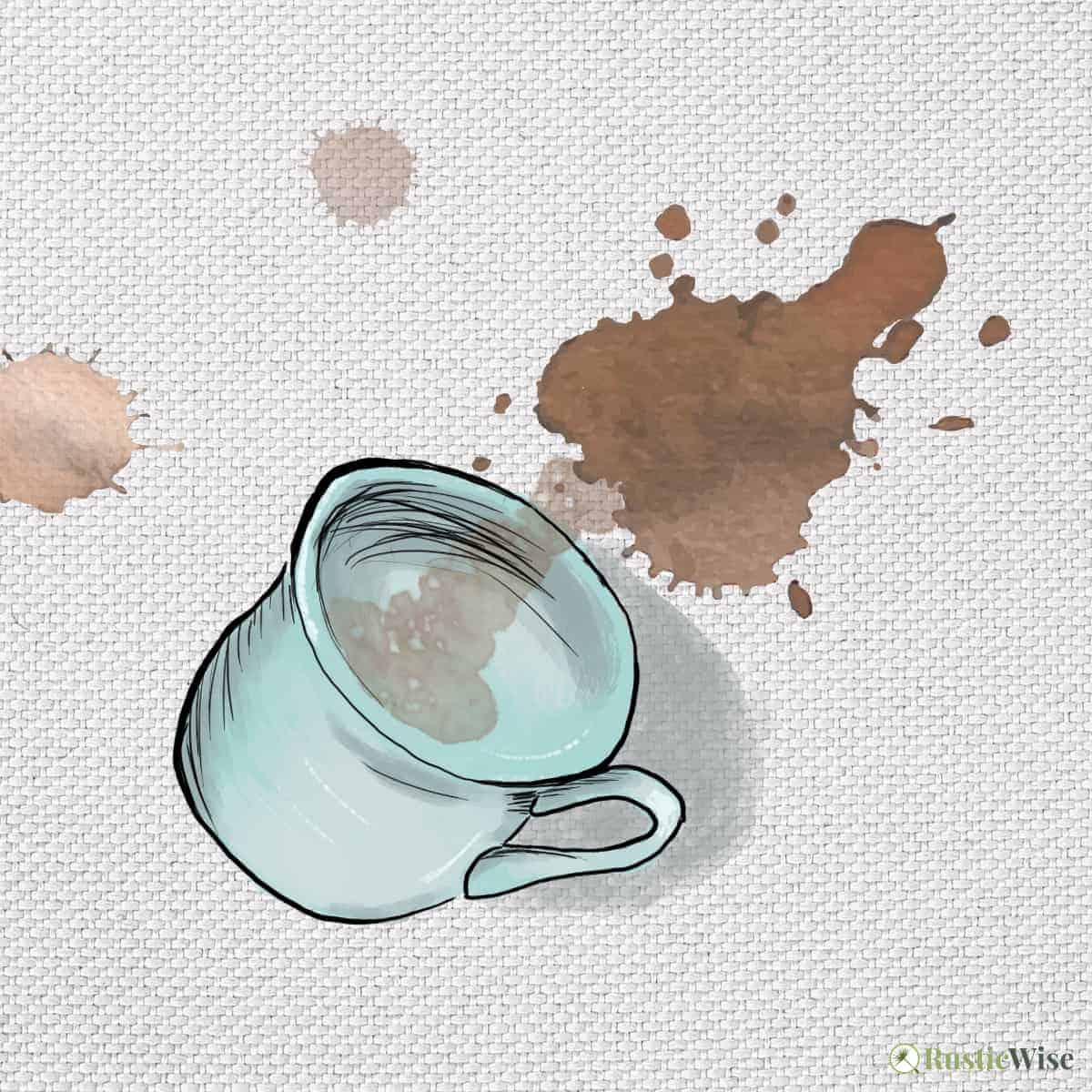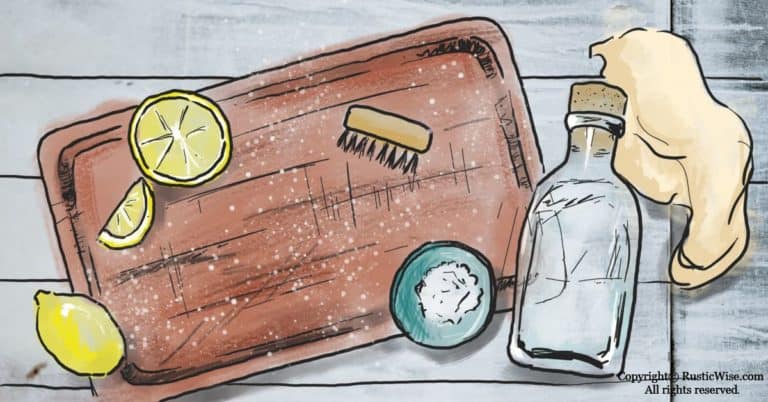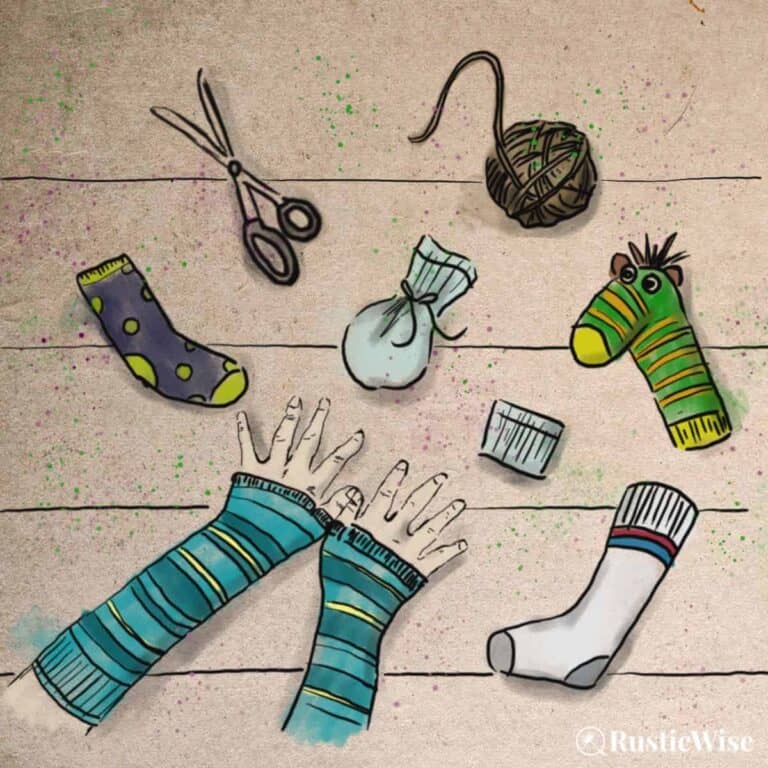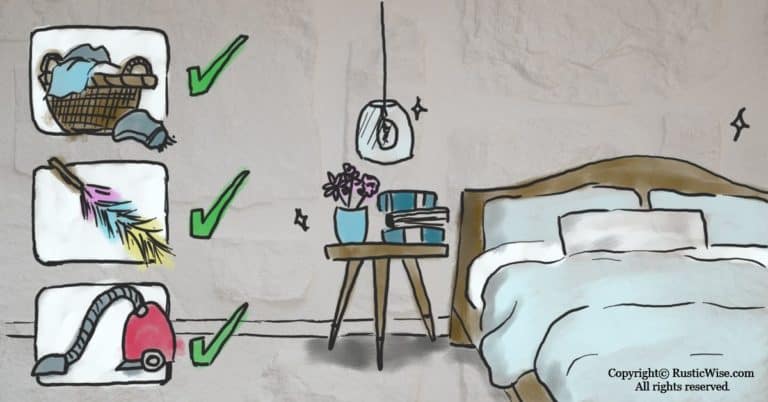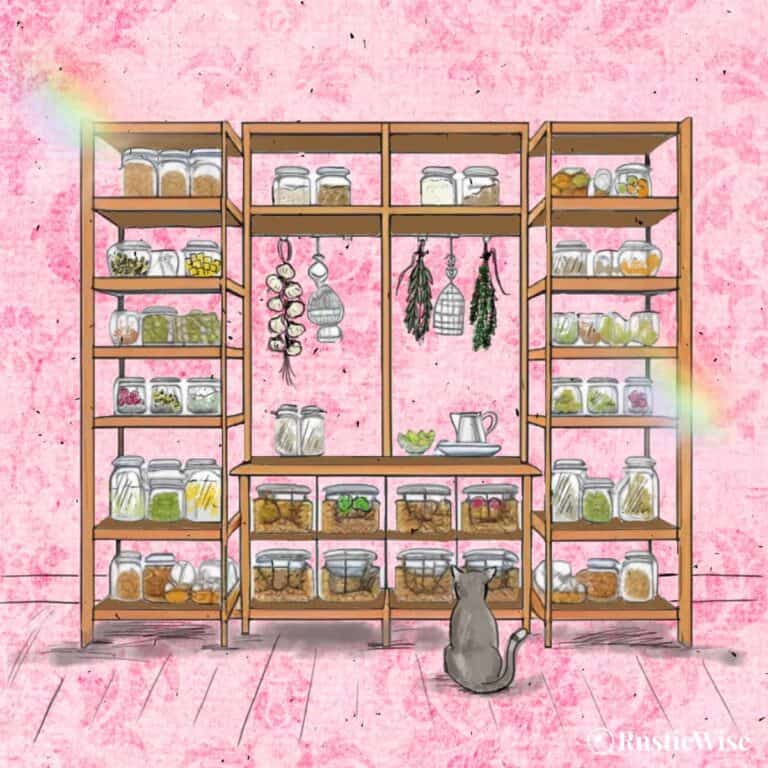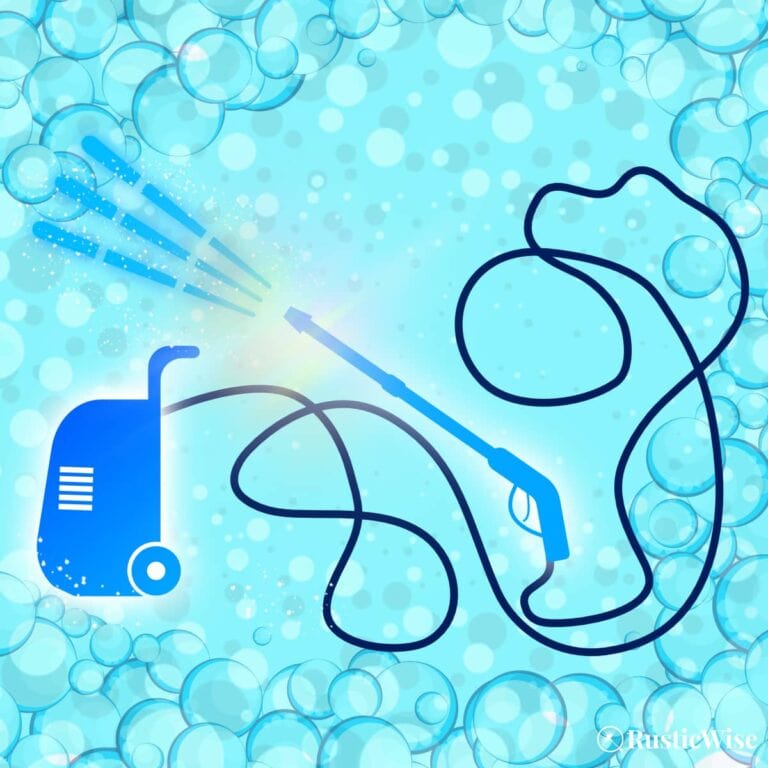How To Get Tea Stains Out of Carpet Effectively
Carpet stains can be a tricky problem to tackle. Tea spills can be particularly challenging, as the tea tannins can settle into the fibers of the carpet and create a stubborn discoloration.
If you’ve had a tea-related carpet disaster, don’t despair. There are some easy and effective solutions for removing tea stains from your carpet. Using simple household products such as baking soda, dish soap, vinegar, and hydrogen peroxide (but not all combined together!), I’ll show you how to get tea stains out of carpet, pronto!
In this article, I’ll provide a step-by-step guide on how to get tea stains out of carpet, so you can restore your carpets to their former glory. I’ll also go over important do’s and don’ts for tackling tea stains, including how to use household products as cleaning solutions. With the right information, you’ll be able to get your carpets looking good as new.
What causes tea to stain carpets?
The answer is simple. Tea leaves contain tannins, also referred to as tannic acid. Tannins are plant-based compounds called polyphenols, which act as antioxidants. While there are many health benefits to drinking tea, it can be a problem for those with carpets. Tannic acid is also responsible for giving tea its dark color.
Besides the high level of tannins found in this popular beverage, the type of water (hard vs. soft) you used to steep a cup of tea also plays a role in its staining ability. Those with hard water at home may be even more prone to stains as the calcium carbonate in water binds with the tannins to leave troublesome spots.¹
And, if you take your tea black (without milk), stains may become even more persistent. Any milk added to tea will dilute the staining power of the tannins.
This can create permanent stains on your carpets that are difficult to clean (especially if you don’t notice them until they’ve been in there for a while!).
Tip: Blot up any spills on your carpet with a towel as soon as you see them to reduce the chance of them staining or damaging your carpet.

A note about carpet materials
Many carpets are made of a blend of natural and synthetic fibers such as hemp, jute, polyester, or wool. The cleaning recipes listed below should work fine for these types of materials.
If you have a silk-based carpet or rug (or another type of delicate upholstery), take extra care to follow the care instructions from the manufacturer. Baking soda, vinegar, and a mild, bleach-free detergent are generally safe for silk carpets.
For badly stained rugs or carpets, a professional carpet cleaner, or a stain remover recommended by the manufacturer can come in handy.
Tip: Always test your stain removal solution on an inconspicuous area first before applying.
Cleaning tips for removing tea stains from carpet
To get the best clean possible, here are a few helpful do’s and don’ts when tackling pesky tea stains. There are several ways to remove tea stains from carpets (whether it’s black tea, or green tea) as we’ll share below.
Do’s
- Blot: Small, quick dabs with an absorbent cleaning cloth can help remove as much tea as possible.
- Use clean, lint-free white cloths: Dark or brightly colored cleaning cloths may create discoloration on light carpets. And, it goes without saying to use a lint-free cloth. Because nobody wants more lint on their carpet!
- Act quickly: Blot up any spills immediately with absorbent towels or cloths.
- Rinse: Use water or club soda to rinse the area (more about club soda below).
- Absorb excess water: You don’t want to let any excess water sit for too long on a carpet as this could cause water stains or warp the fabric.
- Work from the outside in: Start from the outer edges of a spill, and work your way towards the center. This prevents the stain from spreading.
Don’ts
- DON’T wipe or scrub spills: Wiping or scrubbing may cause stains to spread or permeate further.
- DON’T use natural soap: Save your natural bars of soap for cleansing your skin. According to Iowa State University, using natural soap rather than detergent can cause a stain to set.²
- DON’T use hot water: Hot water can set the stains on the carpet. Instead, use either cold water, lukewarm water, or warm water.
Use club soda to remove fresh tea stains from carpet
Having company over? I like to keep a bottle of club soda on hand just in case there are any spills onto carpets and rugs. Yes, this is the same carbonated drink you use to make your favorite cocktails.
Maybe because it’s fizzy, maybe because of the added minerals, but there’s something about this non-toxic, clear, bubbly beverage that helps lift a stain out of a carpet. But, you have to act quickly in order for this to work!
It helps to pour club soda into a spray bottle.
Here’s what to do the next time you spill a splash of tea:
- Blot the spill with a clean white cloth or paper towel to absorb tea.
- Apply a small amount of club soda directly onto carpet.
- Gently blot with a clean cloth. Apply more club soda as needed.
- Once the stain is gone, absorb excess liquid with a clean cloth. Allow the carpet to air-dry.
Ta-dah! This is one of the easiest ways to clean tea stains from carpet if you catch it immediately.
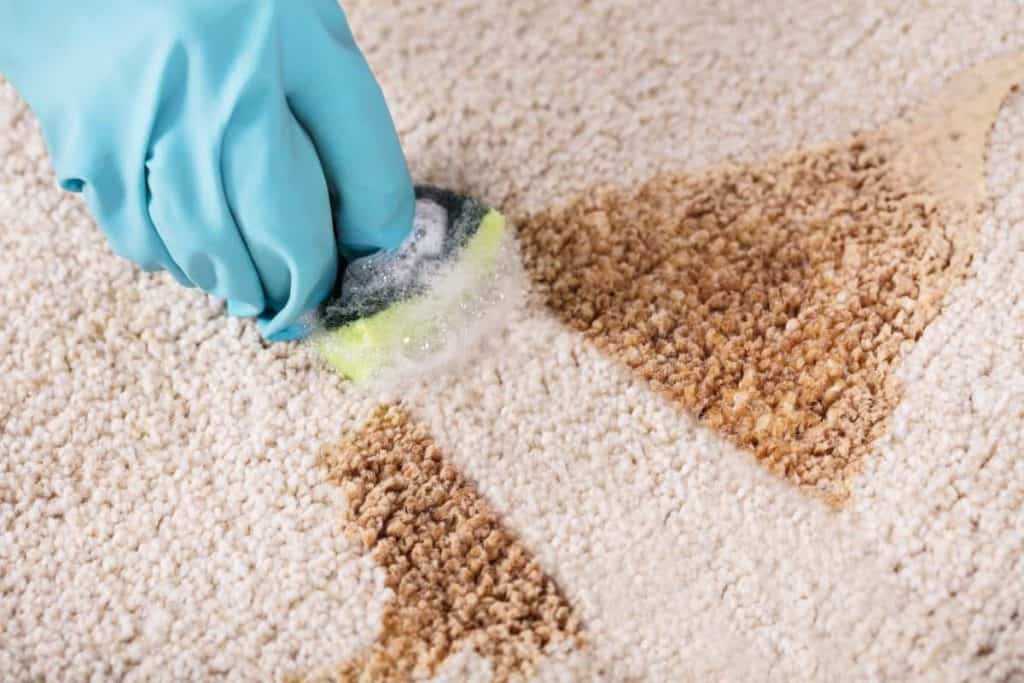
How to get tea stains out of carpet with mild soap and vinegar
Sometimes, you’re not so quick on the draw. Maybe a stain has been sitting unnoticed for a little while—call it semi-fresh. Luckily, you can still remedy this problem using products you’ll already have at home.
We will use a mild soap (bleach-free) and vinegar consecutively, NOT mixed together.
You’ll need:
- Mild liquid dish detergent (such as liquid dish soap): This acts as a surfactant to reduce surface tension, and allow dirt and oil to more easily wash away. Use 1 teaspoon of mild soap to 1 cup of lukewarm water.
- Vinegar and water: The acetic acid content in regular distilled white vinegar works to brighten fabrics, and lift stains. Use ⅓ cup of white vinegar with ⅔ cups of water.
- Spray bottle filled with clean water: This comes in handy to flush the stain.
- 2 medium bowls: One to make the soapy solution, the other for the vinegar solution.
- Measuring spoons and cups
- Plenty of clean white absorbent towels
- A small weight such as a heavy plate, or small brick.
- Blot the stain on the carpet using a clean white, lint-free cloth, or paper towels to absorb any excess liquid. When attempting to clean tea stains from a carpet, the first step is to absorb the excess liquid. To do this, apply a cloth to the stain firmly but gently, using a pressing motion to ensure that the paper towel absorbs as much of the liquid as possible. Be sure to replace the damp cloth with a clean one as needed. This step is crucial to ensure that the stain does not spread or become more deeply embedded in the fibers of the carpet.
- Make a soapy solution using in a small bowl with 1 teaspoon of mild soap to 1 cup of lukewarm water. Stir the mixture thoroughly until the dishwashing liquid is fully dissolved, then use a white cloth or sponge to gently dab the solution onto the stained area. Avoid scrubbing the stain, as this may cause more damage than good. Use your fingers to work it into the pile. After the area is damp, let it sit for 5-10 minutes before rinsing with a clean cloth dipped in plain, lukewarm water. Repeat this process as needed.
- Apply clean water in a spray bottle to the area. Blot again.
- Make a vinegar solution by combining ⅓ cup of white vinegar with ⅔ cups of water. Use a clean cloth to blot this solution over the stained carpet fibers.
- Apply clean water again using a spray bottle, and blot the spot again.
- Create a layer of absorbent towels about ½ inch thick. Place a weight over the towels to encourage absorption of the water.³
- Leave the weight on for several hours to completely draw up excess water.
- Remove the weight and towels. Use your hands to fluff up the carpet to its former state.
How to remove stubborn tea stains from carpet
If you happen to have stumbled upon old, stubborn stains on your rug or carpet, try the following DIY carpet stain removal remedy for tea spots using a baking soda paste, and hydrogen peroxide.
You’ll need:
- Baking soda: Sodium bicarbonate (aka baking soda) is a natural alkali with a bit of abrasive scrubbing power. It helps lift stains, brighten upholstery, and soften fabrics—all while gently deodorizing.
- White distilled vinegar: The acetic acid in vinegar combined with the baking soda creates a powerful chemical reaction. It’s important to note that you will apply the baking soda FIRST, followed by the vinegar SECOND. You don’t mix the two in a bowl. The chemical reaction will occur directly on the carpet for better cleaning power.
- Spray bottle (optional): I like to add the undiluted vinegar to a spray bottle for easier application.
- Hydrogen peroxide: Most bottles of household hydrogen peroxide contain a 3 percent solution. It’s gentler than regular chlorine bleach, but is still effective at stain removal. It’s safe for most fabrics, but it’s still recommended to do a patch test on a small area first.
- Soft cloth
- Vacuum
- Sprinkle baking soda directly onto the tea stains.
- Spray undiluted white vinegar directly over the baking soda and stain. You’ll see the two ingredients bubble and fizz. Let this solution sit for up to 1 hour. It’s okay if it dries slightly.
- Apply a bit of hydrogen peroxide onto the stain and use a soft cloth to gently dab at the troublesome spot. Add more hydrogen peroxide as needed.
- Vacuum the area.
Your rug should now be spot-free!
The final word on how to get tea stains out of carpet
Removing tea stains from your carpet requires patience and diligence. Depending on how long the stain has been there, it may take a few attempts to remove it completely.
However, with the right supplies and a bit of elbow grease, it’s possible to get the stain out without having to replace the carpet. By following the steps outlined here, you should be able to remove most tea stains and keep your carpet looking good as new.
👉 If you like this post, see other Timeless Cleaning Tips You Need To Know. 🌟
Would you like more timeless tips via email?
Fun tips to help you live an independent, self-sustaining lifestyle. Opt-out at any time.


References
- Kemptville Campus University of Guelph, What’s Causing Those Awful Tea Stains?, https://iufost.org/iufostold/wp-content/uploads/Tea%20Stains.pdf. Accessed February 2023.
- Iowa State University, Quick ’n Easy Stain Removal, https://store.extension.iastate.edu/Product/pm858-pdf. Accessed February 2023.
- University of Georgia Extension, Remove Stains From Coffee, Tea, https://site.extension.uga.edu/textiles/care/stain-removal/remove-stains-from-coffee-tea/. Accessed February 2023.

Author: Theresa Tesolin
Theresa is co-founder of RusticWise. She helps people unleash their inner DIY spirit by encouraging them to get dirty and make or grow something from scratch.

